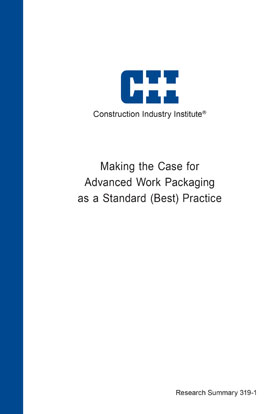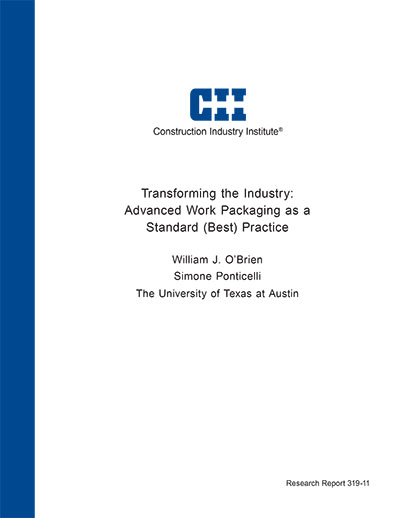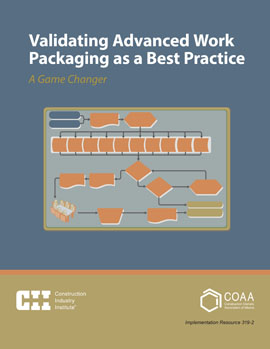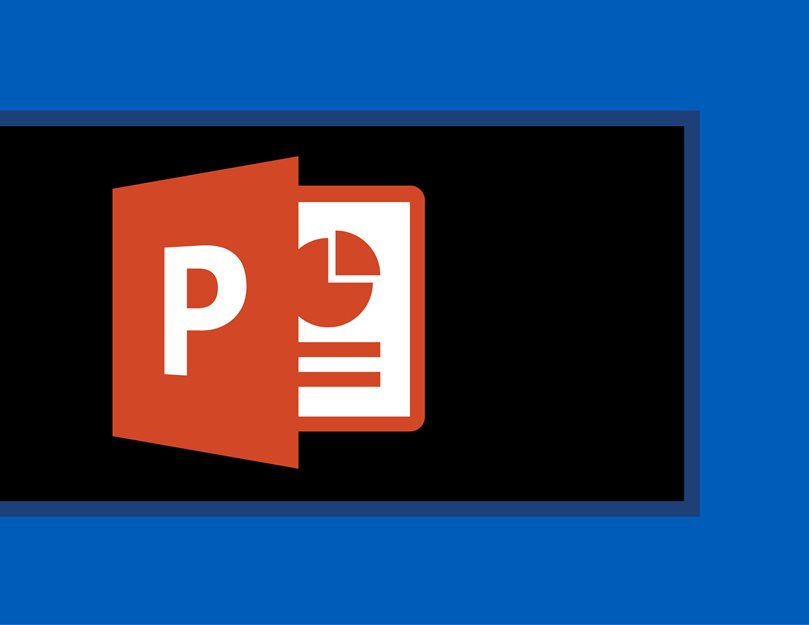
Making the Case for Advanced Work Packaging as a Standard (Best) Practice
In its ongoing efforts to increase project performance and predictability, CII recently sponsored research on Advanced Work Packaging (AWP), a disciplined approach to project planning and execution. Most recently, CII chartered Research Team (RT) 319, Making the Case for Advanced Work Packaging as a Standard (Best) Practice, to extend and validate the exploratory findings of RT 272, Advanced Work Packaging. In its four-year research effort, RT 272 provided a comprehensive AWP model, along with definitions, procedures, contracting guidelines, job role descriptions, checklists, and templates. Specifically, the team found that AWP delivers dramatic performance improvements in field productivity, cost and schedule performance, project predictability, and related benefits in safety, quality, and project team alignment. Documented case studies show 25-percent productivity improvements and 10-percent reductions in total installed cost (TIC). Such breakthrough performance improvements have drawn considerable attention from the industry, but reasonable questions have been raised about the generalizability of these initial findings.
The primary objectives of RT 319 were to validate the performance success of the AWP execution model and thereby make the case for AWP becoming a standard (best) practice for the industry. Specifically, the team pursued the following two research goals:
- Evaluate the relationship between AWP implementation and various dimensions of project performance.
- Identify typical AWP implementation pathways and levels of AWP maturity.
Using multiple qualitative and quantitative research techniques—such as case studies, surveys, focus groups, and expert interviews—the team collected extensive empirical evidence to validate the causal relationship between AWP implementation and project performance improvement. These findings show that effective AWP implementation produces consistent improvements across six project performance dimensions: productivity, cost, safety, schedule, quality, and predictability. The research team also documented additional benefits, difficulties, and lessons learned to support practitioners during AWP adoption.
When industrial construction companies adopt AWP, their implementation effort typically follows an S-curve pattern. RT 272 identified three iterative AWP maturity stages—each one building on the one preceding it—and formulated detailed implementation guidance for each stage. Building on these findings, RT 319 provided additional evidence on AWP maturity and also found that the performance of industrial construction organizations adopting AWP typically follows an S-curve pattern—with slow initial improvements, followed by fast growth in the middle phase, and moderate advances in the final maturity phase.
A key finding was that even initial implementations (i.e., projects with low maturity) garner significant benefits from AWP. This is encouraging for organizations that are low on the AWP learning curve. At the same time, benefits increase as AWP implementation matures, which supports further investment. Overall, the data collected by both research teams presents strong evidence that the benefits of AWP are consistent and that there is a compelling case for further adoption by the industry.
When properly implemented, AWP supports substantial project performance improvement. AWP implementation depends on the accomplishments of three prerequisites during the implementation process: (RS319-1, p. 7)
- Process adherence to prescribed AWP guidelines
- Organizational alignment within the project management team on AWP deliverables
- Contract integration of AWP procedures among key project participants
Prior research by RT-272 conceptualized three incremental levels of AWP implementation maturity, and the Maturity Model characterizes these stages in terms of work processes and required capabilities, recommending a stepwise progression through the levels to achieve full AWP benefits. (RS319-1, p. 21)
- AWP Early Stages
- AWP Effectiveness
- AWP Business Transformation
(RS3109-1, p. 29)
Organizations within this group have acquired substantial AWP maturity and have mastered and implemented AWP procedures across multiple projects at once. For example, organizations as this level of maturity have: (RS319-1, p. 30)
- Project Setup and Execution – Written practices and procedures, change management systems, engineering and construction work packages, scheduling, and progress measurement are all in-place.
- Construction Focused – Well thought out CWP (construction work plan), materials delivery dates integrated into schedule, and effective construction input during FEP are all in-place.
- Integrated Date Systems – Statusing systems, constraint analysis, checkout and startup practices, and IWP (installation work packages) are all in-place.



